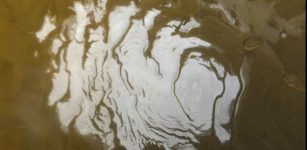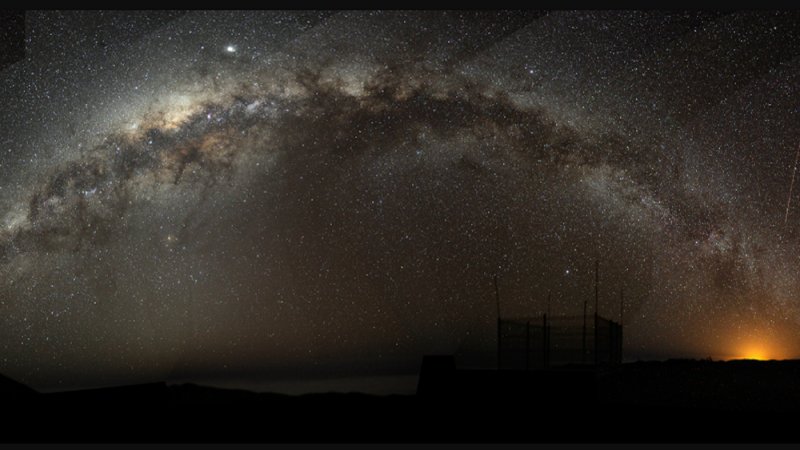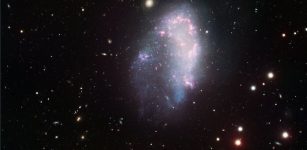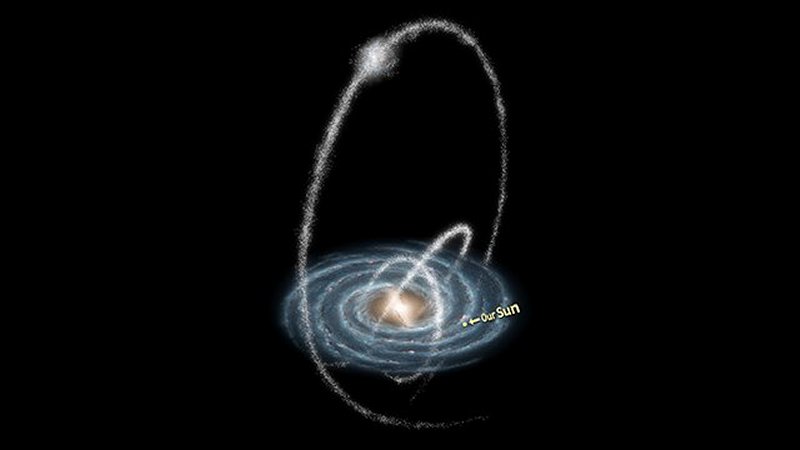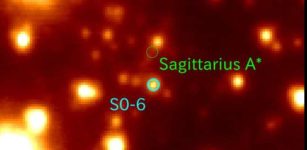‘Hazflare’: Powerful Superflares From Young Red Dwarf Stars May Make Worlds Uninhabitable
MessageToEagle.com – Using the HAZMAT program and NASA’s Hubble Space Telescope, astronomers detected one of the most intense stellar flares ever observed in ultraviolet light.
Dubbed the “Hazflare,” the flares are more energetic and violent than the most powerful flares from our Sun ever recorded. They may pose a risk to the environment, or even to life itself and make worlds uninhabitable by affecting their atmospheres.

Credits: NASA, ESA and D. Player (STScI)
M dwarf” is the astronomical term for a red dwarf star—the smallest, most abundant and longest-lived type of star in our galaxy. The HAZMAT program is an ultraviolet survey of red dwarfs at three different ages: young, intermediate, and old.
Stellar flares from red dwarfs are particularly bright in ultraviolet wavelengths, compared with Sun-like stars.
The flares are believed to be powered by intense magnetic fields that get tangled by the roiling motions of the stellar atmosphere. When the tangling gets too intense, the fields break and reconnect, unleashing tremendous amounts of energy.
“The goal of the HAZMAT program is to help understand the habitability of planets around low-mass stars,” explained Arizona State University’s Evgenya Shkolnik, the program’s principal investigator in the study that examined the flare frequency of 12 young red dwarfs.
“These low-mass stars are critically important in understanding planetary atmospheres.”
The team has found that the flares from the youngest red dwarfs they surveyed—just about 40 million years old—are 100 to 1,000 times more energetic than when the stars are older.
This younger age is when terrestrial planets are forming around their stars.
Approximately three-quarters of the stars in our galaxy are red dwarfs. Most of the galaxy’s “habitable-zone” planets—planets orbiting their stars at a distance where temperatures are moderate enough for liquid water to exist on their surface—likely orbit red dwarfs.
In fact, the nearest star to our Sun, a red dwarf named Proxima Centauri, has an Earth-size planet in its habitable zone.
However, young red dwarfs are active stars, producing ultraviolet flares that blast out so much energy that they could influence atmospheric chemistry and possibly strip off the atmospheres of these fledgling planets.
MessageToEagle.com

